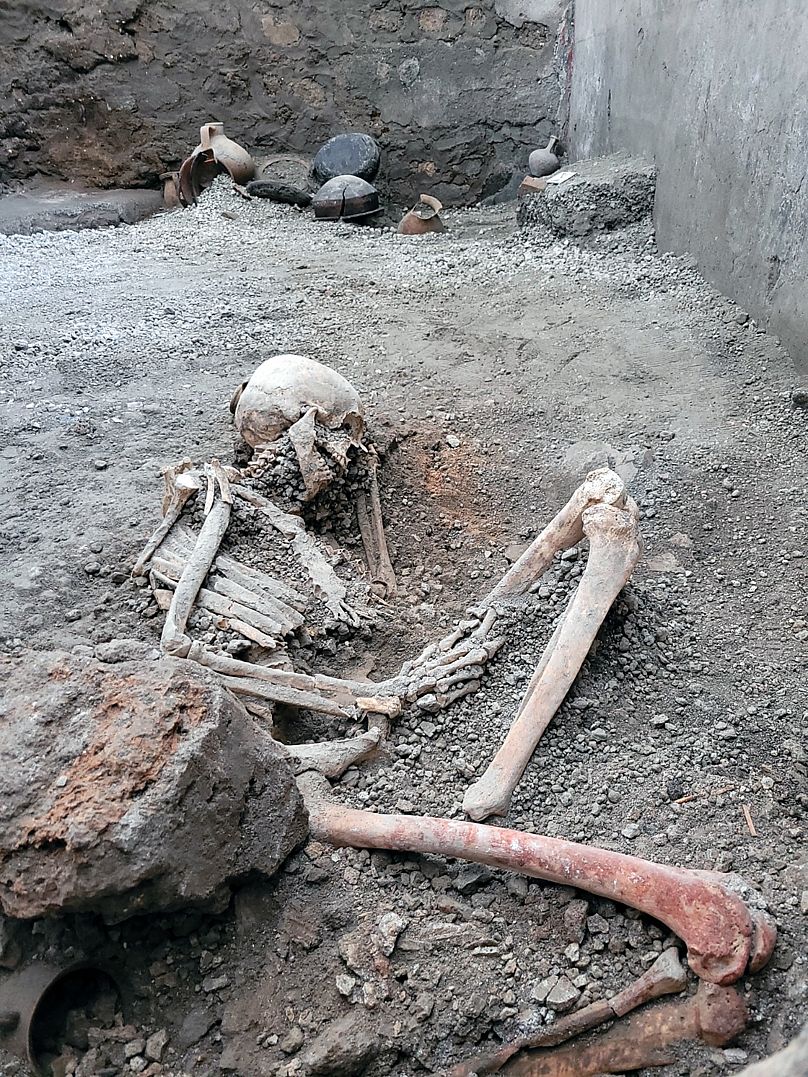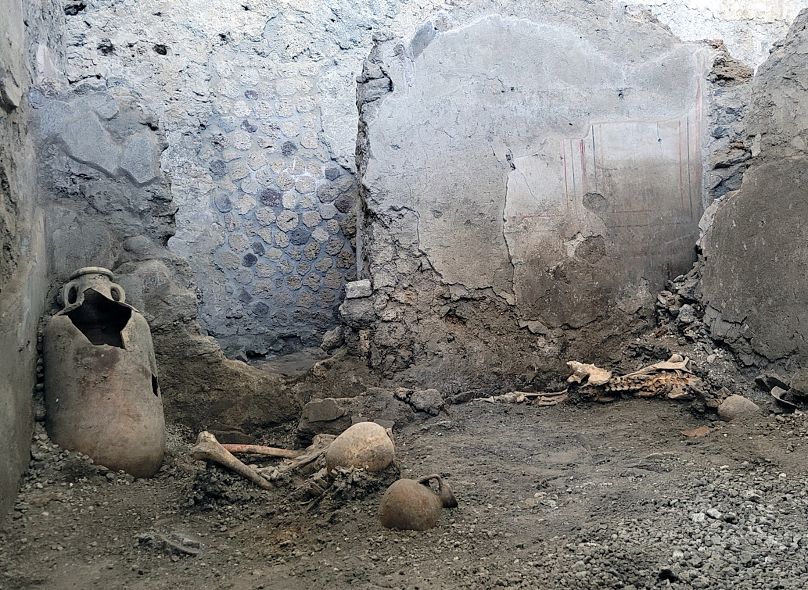A recent Pompeii find reveals that the inhabitants' downfall wasn't just caused by the volcanic eruption, but by a devastating blend of the eruption and a simultaneous earthquake.
Archaeologists working at the renowned excavation site of Pompeii have made a poignant discovery, unearthing two skeletons believed to be the remains of men tragically killed when a wall caved in on them during the catastrophic eruption of Mount Vesuvius.
Dubbed the Casti Amanti excavation site, the area where the skeletons were found is known to have been a less opulent section of Pompeii.
Gabriel Zuchtriegel, Director of the Pompeii Archaeological Park, speculates that the two men were likely engaged in construction projects involving plaster and water-filled amphorae.
What is the significance of the discovery?
The find has shed new light on the perils faced by the ancient city's inhabitants, offering insights into the destructive force of earthquakes that accompanied the volcanic eruption.
The bones, now mixed with fragments of the crumbled wall, exhibit various fractures, indicating the intensity of the collapse that claimed their lives.
Zuchtriegel emphasised that the eruption of Mount Vesuvius, which occurred in 79 A.D., was a calamity that spanned a staggering 20 hours, accompanied by relentless earthquakes.
"The eruption of Mt. Vesuvius in 79 A.D. lasted over 20 hours. There were various dangers for the people in the city. In the last two and a half centuries more than 1,300 victims have been found, and only today we have the possibility to study the exact dynamic in which they died with micro stratigraphy," he explained.
Zuchtriegel noted that recent years of research have revealed the violent seismic events that took place concurrently with the volcanic disaster.
Each new finding brings archaeologists closer to understanding the profound human tragedy that unfolded when Mount Vesuvius unleashed its wrath upon the ancient city.
"Pompeii is an immense archaeological laboratory which has regained strength in recent years, astonishing the world with the continuous discoveries brought to light and demonstrating Italian excellence in this sector", declared the Minister of Culture, Gennaro Sangiuliano.
Apart from the skeletons, what else was discovered?
In the chamber, amidst the bodies, significant objects emerged, including a leaning amphora and a collection of stacked vases, bowls, and jugs.
Two walls bear the scars of earthquake damage during the eruption.
The south wall crumbled, striking one man whose raised arm reflects a futile attempt at protection.
The west wall, however, reveals the dramatic force of the accompanying earthquakes as its upper section detached, burying the other individual.
In an adjacent room, a masonry kitchen counter held powdered lime, indicating nearby repair work during the eruption.
Cretan amphorae lined the kitchen wall, while a fresco depicting the house's lares and a recessed ceramic vessel suggested a home shrine for religious offerings.
Check out the video above for a closer look at this extraordinary discovery.













